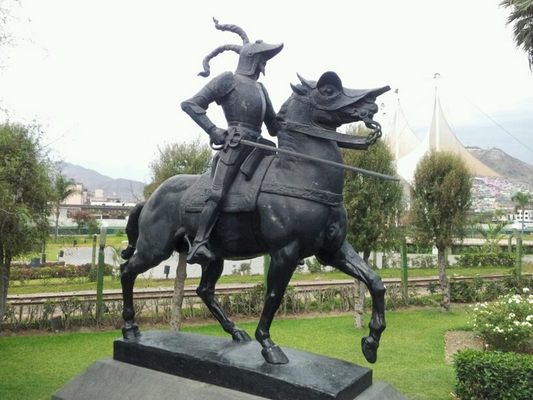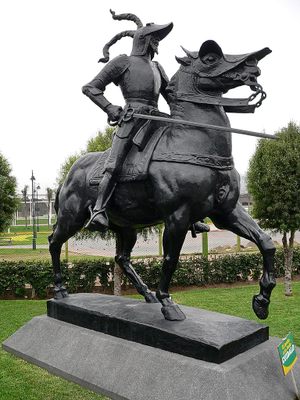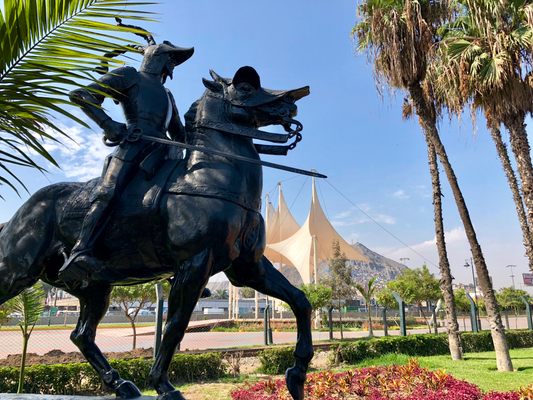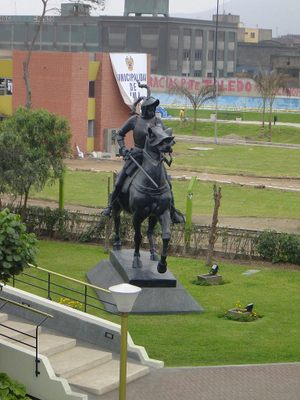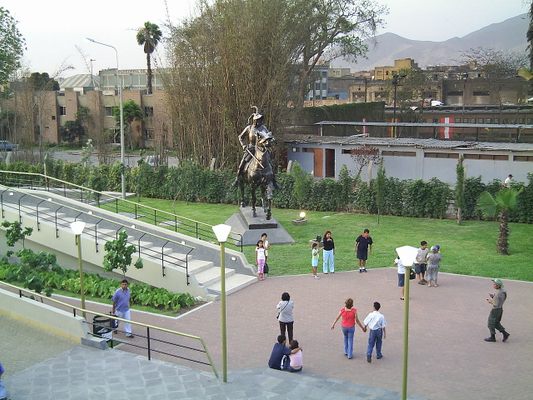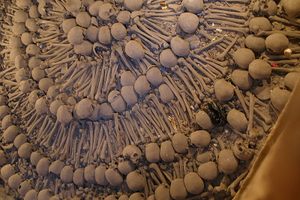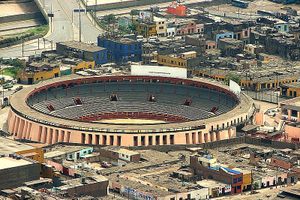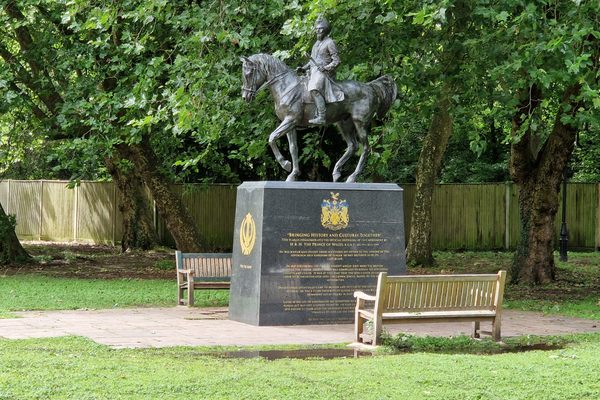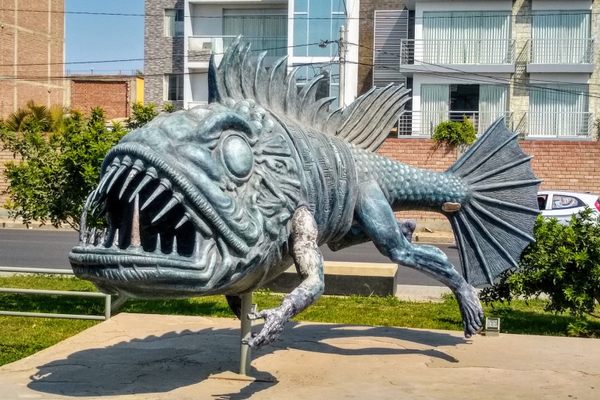About
The statue of the Spanish conquistador Francisco Pizarro has moved twice since its inauguration in Lima in 1935. Each move has seen it successively demoted, with some seeing the city’s founder as nothing more than an invader and a criminal.
Consensus is hard to come by in regards to the large bronze statue of Francisco Pizarro in Lima, Peru. First, there are conflicting views as to who even sculpted the controversial mounted figure. Was it the work of American sculptor Charles Cary Rumsey (1879 - 1922), or the lesser-known Ramsey MacDonald?
It’s more commonly attributed to Rumsey, whose widow, Mary Harriman Rumsey, is said to have donated the statue to Lima to mark the fourth centenary of the city’s founding by Pizarro. Others, including some staunch Peruvian opponents of the statue, argue in in favor of MacDonald. They also claim that MacDonald’s original statue was a representation not of Pizarro but of Hernán Cortés, and that when Mexico rejected the statue it was palmed off to Lima as a statue of Pizarro.
What we do know for sure is that the statue was inaugurated in Lima’s main square, the Plaza Major (or Plaza de Armas), on January 18, 1935, 400 years after Pizarro laid the first stone. It was placed on an impressive pedestal directly in front of the Cathedral of Lima, home to Pizarro’s tomb.
At the time, Lima’s mayor, Luis Gallo Porras, called it an “illustrious statue of the hero and civilizer” Francisco Pizarro. It took less than 20 years, however, for the first complaints to roll in, but not for any particularly progressive or noble reasons. Apparently the Archdiocese of Lima simply objected to having a horse’s backside facing directly toward the cathedral.
And so, in 1952, it was moved to a corner of the main square away from the cathedral and closer to the Government Palace and Municipal Palace, its rear end safely targeting a less holy space.
Around 50 years later, complaints about the statue were reaching new heights. This time, it was the very nature of Pizarro himself, and all that he and his conquistadors stood for, that was being challenged. Spearheaded by a Peruvian professor of architecture named Santiago Agurto Calvo, and later taken up by the then mayor of Lima, Luis Castañeda Lossio, the argument that the statue should be removed entirely grew.
After all, they claimed, Pizarro was nothing more than a thief and an invader, a man who had made victims of the indigenous Peruvian people. He certainly wasn’t the founding father of Peru, they argued, and not a man to be honored for bringing “Western civilization” to the New World.
Counter arguments to the removal of the statue also sprung up. Most notably, perhaps, from acclaimed Peruvian novelist and essayist Mario Vargas Llosa. He wrote that men like Agurto and Castaneda were guilty of "an ideological nationalistic sectarianism as crude and fanatic as that which proclaimed that to be German is to be pure Aryan."
It was all a bit tense for a while there, but in the end the mayor had the statue removed. It was taken down in 2003. The space it once occupied was turned into a little plaza called Plaza Peru, where a flag pole was erected and the Peruvian flag hoisted.
As for the bronze Pizarro, it remained in storage for almost a year before a new location was found for the shunned statue. It was moved to a quiet spot in the Parque de la Muralla, a park some 435 yards northeast of the Plaza Mayor, surrounded by a scattering of bushes and trees—and not so many people.
And this is where the statue of Francisco Pizarro stands today, not on its original massive pedestal but on a simple concrete base. Humbled, but not entirely hidden.
Related Tags
Know Before You Go
You will need to enter the Parque de la Muralla and walk on the bridge. It will be on the left below the bridge.
Peru: Machu Picchu & the Last Incan Bridges
Discover Inca Wonders.
Book NowCommunity Contributors
Added By
Published
February 9, 2018
Sources
- http://articles.latimes.com/2005/mar/28/world/fg-pizarro28
- http://rpp.pe/lima/actualidad/francisco-pizarro-cabalga-hacia-el-olvido-en-lima-la-ciudad-que-fundo-noticia-1024533
- https://sites.utexas.edu/culturescontexts/2013/05/17/pizarro-in-exile/
- http://www.limalaunica.pe/2010/11/el-monumento-francisco-pizarro.html
